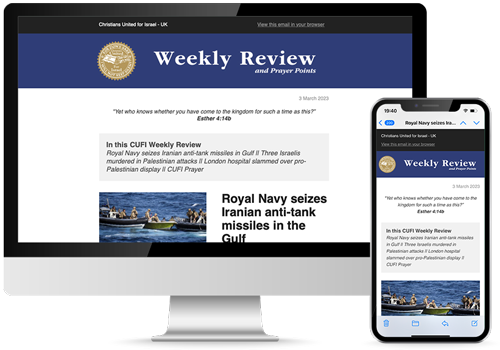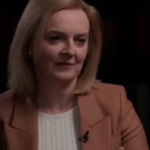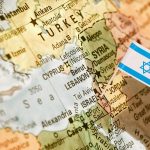(The Tower report)
Obama administration officials concluded that particles of uranium found at Iran’s Parchin military base and revealed in the International Atomic Energy Agency’s final report on the country’s past nuclear activities were likely tied to the regime’s nuclear weapons program, The Wall Street Journal reported (Google link) Sunday. The admission further underscores concerns that the IAEA’s investigation into Iran’s nuclear activities at Parchin should not have been closed following the report’s publication.
“The man-made uranium found at Parchin, which has only low-levels of fissionable isotopes, can be used as a substitute for weapons-grade materials in developing atomic bombs, according to nuclear experts,” the Journal noted. “It can also be used as component in a neutron initiator, a triggering device for a nuclear weapon.”
“The existence of two particles of uranium there would be consistent with our understanding of the involvement of Parchin in a past weapons program, but by themselves don’t definitively prove anything,” a senior Obama administration official told the paper.
“The assumption in the [U.S.] government is that these were nuclear weapons-related experiments,” explained Robert Einhorn, a former Obama administration nuclear negotiator. “The evidence is, technically, inconclusive. But the administration believes it has other information that confirms there was weapons-related activity there.”
Other explanations for the presence of the uranium — including that one of the inspectors may have inadvertently brought it in or that it came from depleted uranium, which is used in some conventional weapons — were considered “plausible but unlikely.” Iran’s explanation that the uranium was linked to the storage of chemicals used for the development of conventional weapons was not supported by either aerial photography or testing.
Critics of the nuclear deal with Iran have asserted that the uranium found at Parchin showed that the “Obama administration didn’t go far enough in demanding Iran answer all questions concerning its past nuclear work before lifting international sanctions in January,” the Journal wrote. They also questioned whether the IAEA can effectively monitor Iran without fully understanding the country’s past nuclear work.
Independent experts argued when the IAEA report was released last December that the agency should not close its investigation of Iran’s past nuclear work in light of the discovery of uranium particles at Parchin. The report also found that Iran was developing a nuclear weapon until 2009, contradicting U.S. estimates that Iran halted its efforts to develop a nuclear bomb by 2003.
Read more at The Tower










